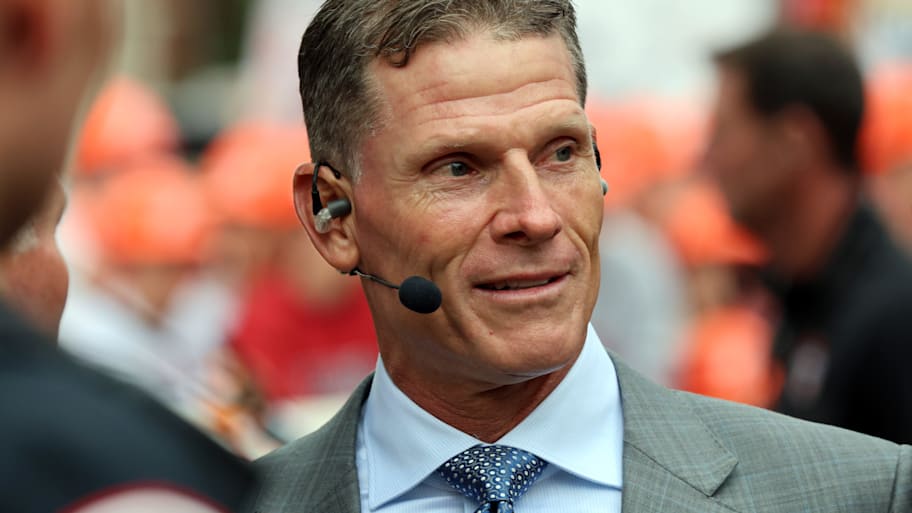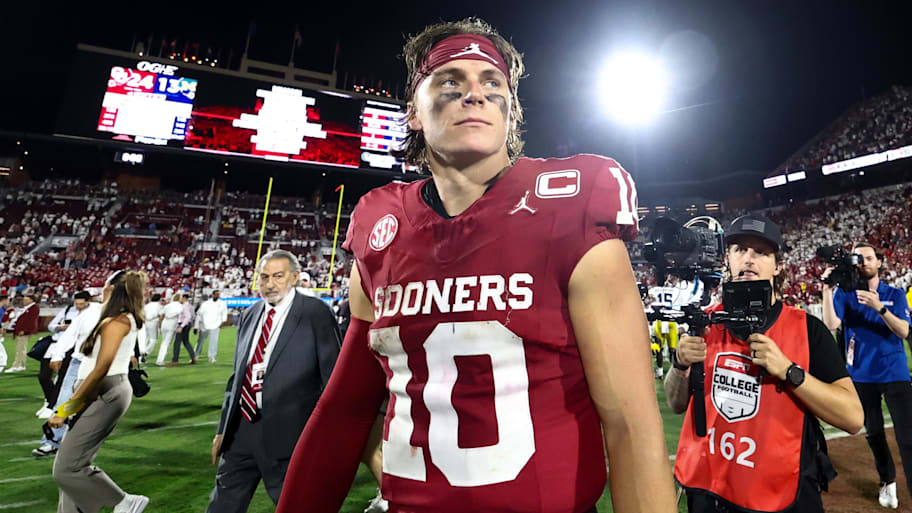
The landscape of college athletics continues to evolve, and few examples are as striking as the latest numbers tied to the 1Oklahoma collective. A University of Oklahoma Board of Regents agenda revealed the group has distributed $32 million to athletes, though the exact timeline for those payments remains unclear.
That figure places the program among the most ambitious NIL operations in the country. For comparison, Texas A&M athletes reported $51.4 million in NIL deals for the 2024-25 school year, with the overwhelming majority flowing to men’s sports. Oklahoma’s move comes as the school leans fully into its SEC transition, with boosters and administrators aligning behind a single collective to maximize support for its athletes.
Football will receive the largest share, with an estimated $12 to $13 million allocated. The department also announced participation from men’s and women’s basketball, baseball, softball and women’s gymnastics. That scope underscores a broader strategy to spread NIL resources across the athletic department while still prioritizing the flagship program.
Brent Venables Takes Voluntary Pay Cut To Support Revenue Sharing
The financial commitment from donors and collectives has not come without internal sacrifice. Head football coach Brent Venables reduced his salary by $1 million in 2025, cutting his expected compensation from $8.55 million to $7.55 million. An athletics department spokesman confirmed Venables initiated the reduction himself as a one-time contribution to revenue-sharing efforts.
Venables’ move stands out at a time when coaching salaries continue to climb across the SEC and beyond. For a coach under pressure to deliver results in a new league, the gesture highlights his willingness to support broader financial sustainability.

It also sends a message to boosters and athletes that NIL and revenue-sharing investments are a central piece of the program’s foundation moving forward.
Paired with the $32 million distribution figure, Venables’ adjustment adds context to how seriously Oklahoma is approaching the NIL era. Top-tier rosters now regularly cost more than $20 million, and with competition stiffening in the SEC, the program’s willingness to lead on this front may prove pivotal.
1Oklahoma’s Role In Reshaping Athlete Compensation
The 1Oklahoma collective has quickly become the central hub for Sooner athletes to monetize their name, image and likeness. Formed by merging the Crimson and Cream, Sooner Nation Collective and the original 1Oklahoma Collective, the nonprofit has streamlined donor support and athlete partnerships.
Backed by Hall of Fame coach Barry Switzer and a team of Oklahoma-based leaders, 1Oklahoma emphasizes community engagement as a core part of its model. Athletes can earn up to $50,000 annually by working with nonprofits, attending events, and participating in charity-driven initiatives. That system ensures payments are tied to concrete activities such as appearances, autographs and fundraising work.
Sports agent and attorney Kelli Masters, an OU alumna involved with the collective, stressed that guardrails exist to ensure compliance and sustainability. She argued that Oklahoma’s model may set a national standard by combining financial opportunity with regulatory diligence. With outside collectives drawing scrutiny for questionable practices, 1Oklahoma is aiming to build a system that holds up long-term.

For fans and athletes alike, the $32 million figure represents more than just a payout. It signals that SEC programs are fully operating in a new financial tier, where collectives, coaches and donors must coordinate to compete at the highest level. Venables’ pay cut and the collective’s structured payouts suggest this approach is as much about stability as it is about recruitment.
The Sooners’ entry into the SEC will be defined as much by their NIL infrastructure as by results on the field. With $32 million already distributed and more mechanisms in place to support athletes, the message is clear: this program intends to keep pace with the top of the sport.
Read more on College Football HQ
More must-reads:
- Two analysts offer differing views on Billy Napier hot seat talk
- Heisman Watch: Florida State's Tommy Castellanos, long shots turning into contenders
- The 'College football FBS nicknames' quiz
Breaking News
Trending News
Customize Your Newsletter
 +
+
Get the latest news and rumors, customized to your favorite sports and teams. Emailed daily. Always free!








